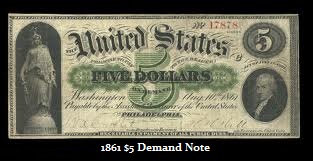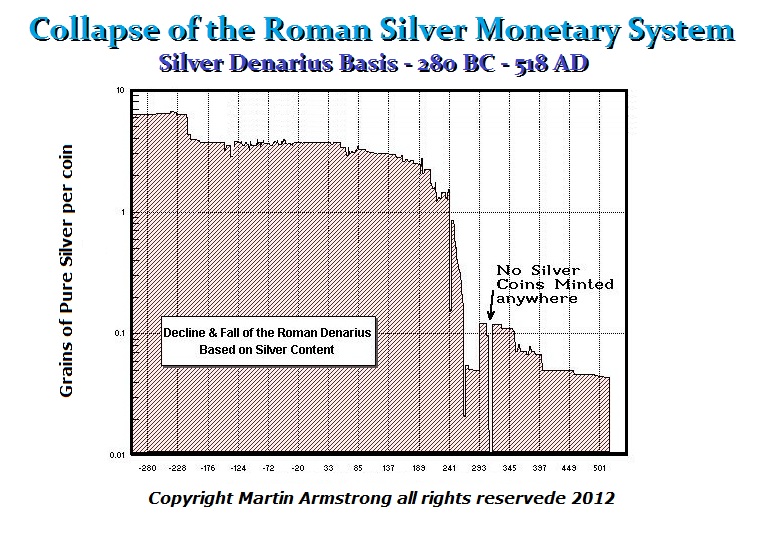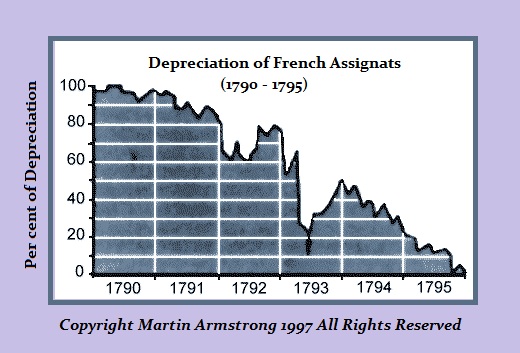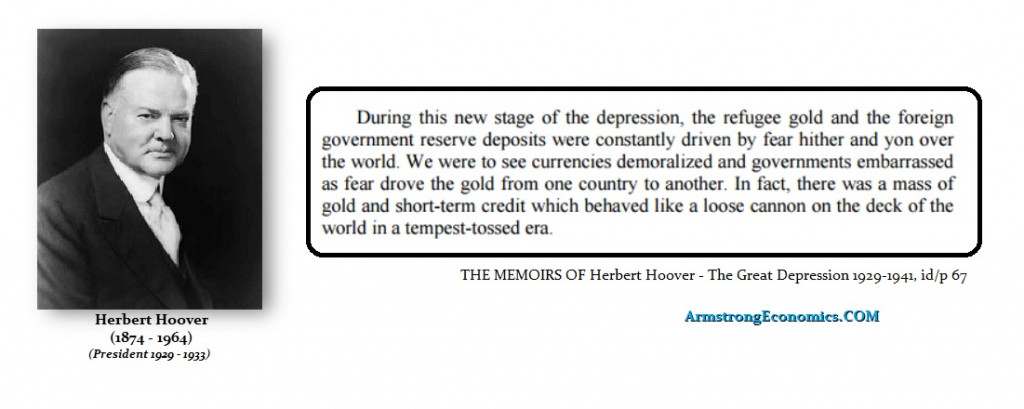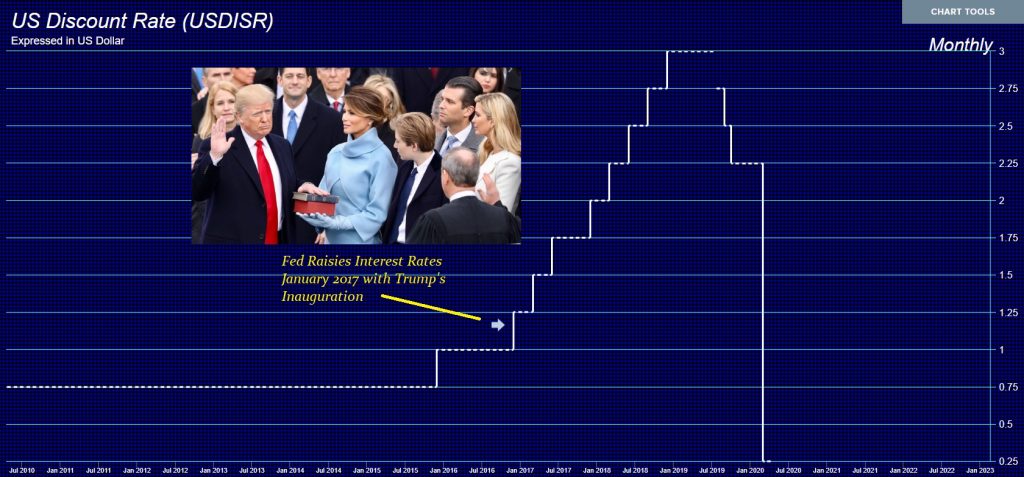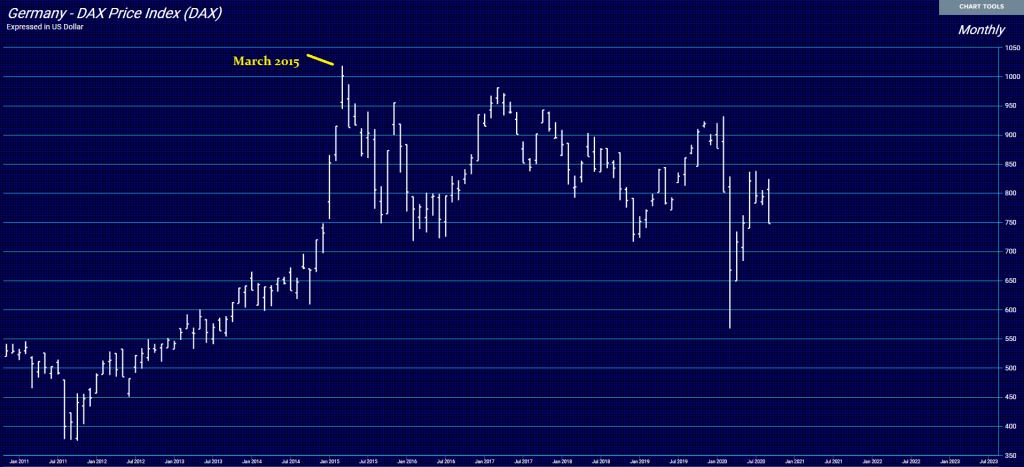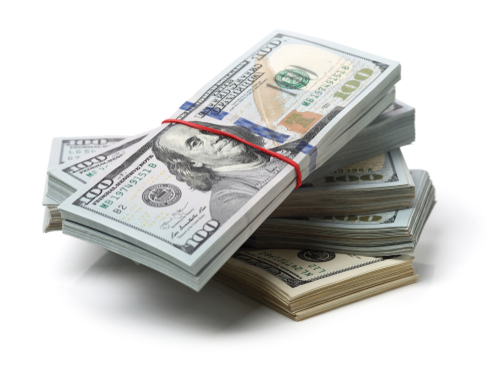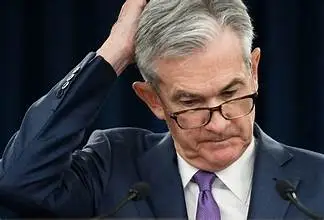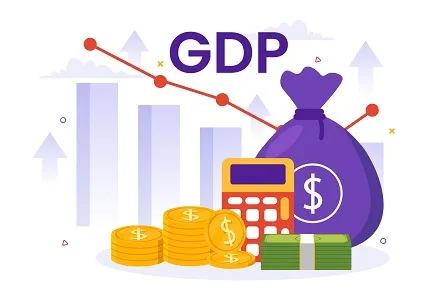QUESTION: Hi AE….think I finally get your message about money supply vs inflation. But aren’t we just dealing with a difference of semantics? If the gov’t prints endless amounts of currency, that HAS to. at some point, impact prices etc. which in turn, eventually leads to a collapse in confidence. (Savers can’t afford to buy anything.) What am I missing here?
HS
ANSWER: It’s a question of what comes first – the chicken or the egg. First, we have the collapse in tangible assets and people will then hoard their money and spend less fearing the future. The revenue declines for governments which then forces the government to create more which use to be debasement before paper money, and today we have debt which can be posted as collateral to even trade which is now also money that pays interest as it first began during the American Civil War.
The classic definition of hyperinflation is taken from the 1956 work by Phillip Cagan who wrote The Monetary Dynamics of Hyperinflation. Cagan defined a hyperinflationary episode as beginning in the month that the monthly inflation rate exceeds 50%, and ends when it drops below 50% per month. This is the standard definition.
The general population keeps the bulk of their wealth in non-monetary assets primarily real estate which made the 2007-2009 financial crisis far more serious than a stock market crash.
The higher middle-class population outside the USA view monetary amounts, not in terms of the local currency but more so in dollars taking an international perspective. Only Americans tend to be myopic and see the world all in dollars. That’s why you constantly see these people yell the dollar will crash without ever looking outside the USA even once.
The international view of assets in dollars is also a direct result of not just the fact that the USA is the largest core economy, but the dollar is the reserve currency of the world. That status at first was because the USA had 76% of the world gold reserves at the end of WWII in 1950. However, it is also BECAUSE there are also no restrictions on issuing debt in dollars in foreign countries. That is not the case around the world. It is also because the US dollar has never been canceled. You can still spend a $5 bill from 1861.
While the analysis by academics has focused on classifying hyperinflation, they seem to lack any understanding of the real causes of all hyperinflations attributing them to have been caused by government budget deficits financed by currency creation. Peter Bernholz analyzed 29 hyperinflations (following Cagan’s definition) and concluded that at least 25 of them took place because of money creation.
These academics have also wrongly assumed that the necessary condition for hyperinflation is the use of paper money. They obviously lack any understanding of the monetary system pre-1700 when coins were gold or silver. The idea that hyperinflations in history are confined to paper money has seriously harmed the entire understanding of the mechanism behind hyperinflation. They see to have ZERO understanding of the history of coinage which provides a definitive historical record.
They will typically point to the French hyperinflation of 1789–1796 and claim that it took place after the introduction of a non-convertible paper currency, the assignat. They have for more than 100 years looked at this idea that money has to be commodity-based. They never apply that theory as to how Germany, Japan, and China have all risen to the top without gold, and Russia, rich in gold, has languished economically.
Perhaps it simply takes a trader to see how hyperinflation even begins well in advance. Hoover explained how capital acted in 1931 rushing from one currency to the next as nation after nation defaulted, but any professional trader who was on a dealing desk in 2010 when Greece turned to the IMF for help saw exactly the same patterns. When they drew first blood with the collapse of Greece, they turned and asked: Who is next? They started selling Portugal, Spain, Italy and were even moving against France. That is how a REAL financial contagion operates.
Historically, it is NOT that people lose confidence in the money because the government is simply creating more! It is the collapse in the CONFIDENCE in the economy first (absent war), and then this migrates to the CONFIDENCE in government collapsing. This has historically led to hoarding when the money is just coins or converting to other currencies (capital flight) which has been paper (i.e. Germany & France). It is the sequence that then leads to forcing the government to enter a death spiral where they create money to try to maintain their existence. The government will typically then collapse.
This is the same problem with the myth about interest rates. The claim is that rising interest rates are BEARISH. All they remember is the tail-end. The rates rise and the market declines. When you look at it objectively, markets rally with rising interest rates. Just look at this entire rally.
The ECB cut rates to negative in 2014. When we look at the Dax in Price and in dollars, the peak was March 2015. The lower interest rates have completely FAILED to “stimulate” the economy as has been the great expansion of the money supply.
This absurdity that simply increasing the money supply will cause inflation is the typical sales pitch for the last 50 years. If gold truly rallied to keep pace with inflation, then since 1980, it should be trading at the $12,000+ level. OBVIOUSLY, there is something else going on. This is where it takes a global perspective to understand when the breakout will come and precisely when will the CONFIDENCE shift from hoarding cash to spending it because it will be worth even less next month.


